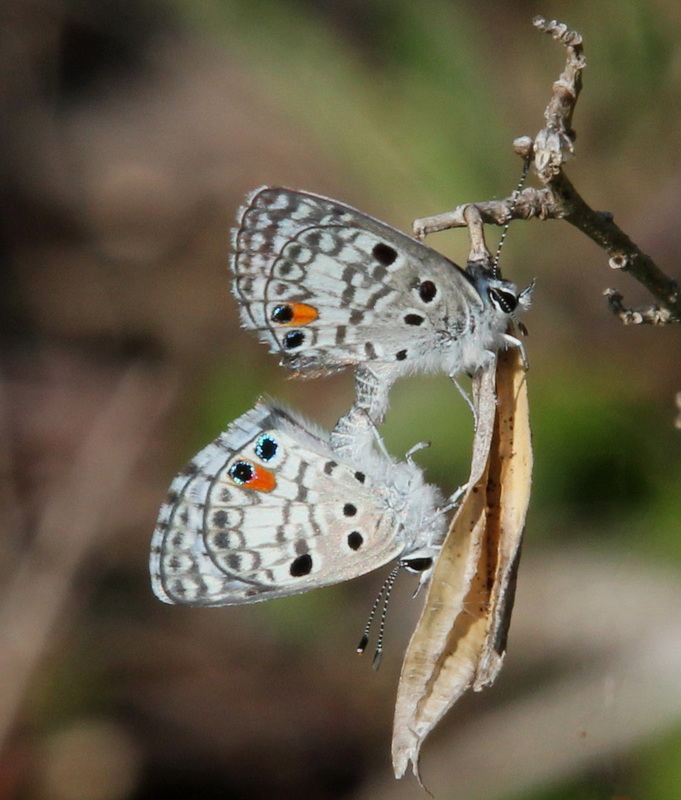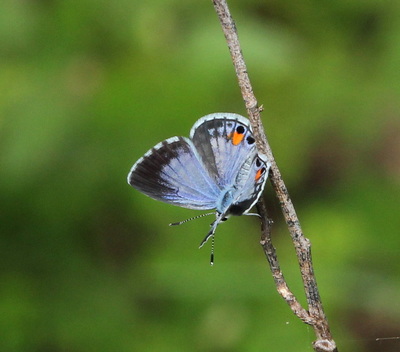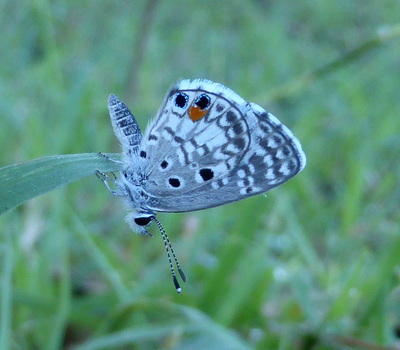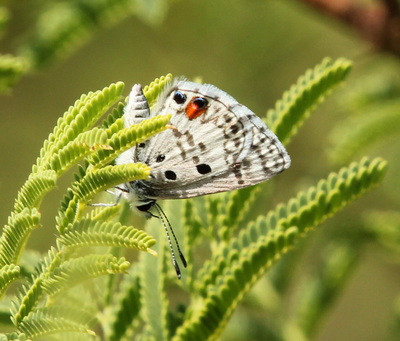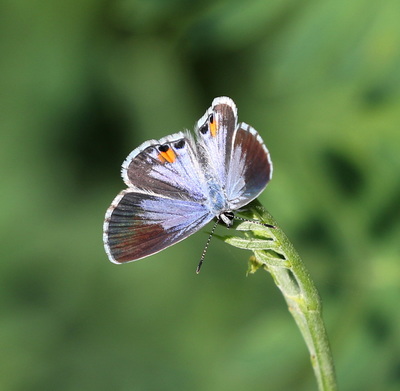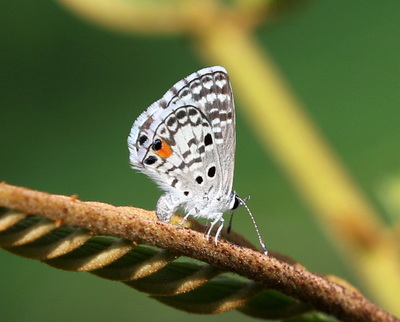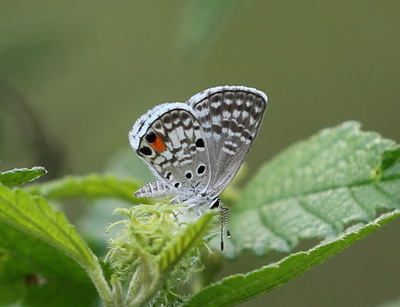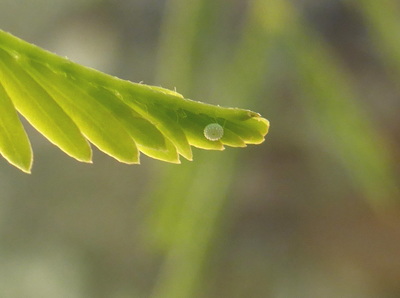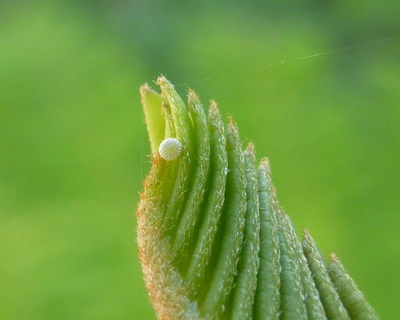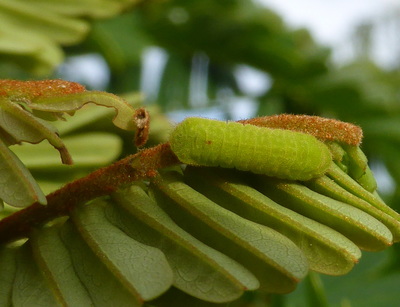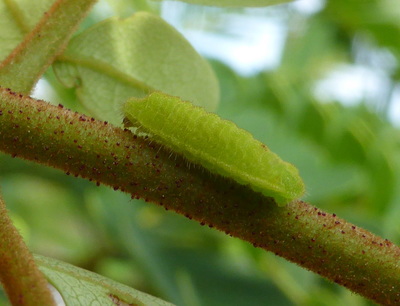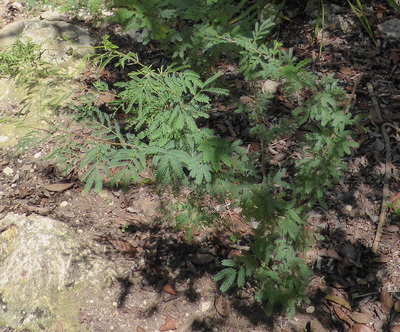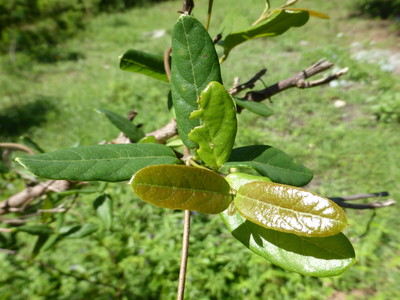Lycaenidae : Polyommatinae
Cyclargus ammon (Lucas, 1857)
Nickerbean Blue
Cyclargus ammon (Lucas, 1857)
Nickerbean Blue
Description and Similar Species: Wingspan 20-28mm. One of three very common blues - the other two being Ceraunus Blue H. ceraunus and Cassius Blue L. cassius. There are two black ocelli near the tornus of the hindwing, the innermost one of which has a large orange spot on the inner edge (the other two species just have an orange edging). Next to that are several elongate white cells which can separate this species at a distance from its congeners. But in fact it is the rarer Miami Blue C. thomasi which is the most likely confusion species and will need careful scrutiny to distinguish. Nickerbean Blue C. ammon has three basal black spots rather than four on the underside hindwing, and the orange spot adjacent to the ocellus is large and does not wrap around it to form a crescent shape.
Range: Found only on the Florida Keys, Cuba, Bahamas and Cayman Islands.
Status: Abundant throughout Cuba in coastal and open areas, gardens and roadsides.
Nectar Plants: Stachytarpheta jamaicensis, Bidens pilosa, Lippia alba, Tournefortia, Lantana, Varronia globosa, Euphorbia heterophylla.
Larval Foodplants: Leaves of Leguminosae including Mimosa, Acacia, Caesalpinia, Ouratea, Stigmaphyllon, Neptunia.
Range: Found only on the Florida Keys, Cuba, Bahamas and Cayman Islands.
Status: Abundant throughout Cuba in coastal and open areas, gardens and roadsides.
Nectar Plants: Stachytarpheta jamaicensis, Bidens pilosa, Lippia alba, Tournefortia, Lantana, Varronia globosa, Euphorbia heterophylla.
Larval Foodplants: Leaves of Leguminosae including Mimosa, Acacia, Caesalpinia, Ouratea, Stigmaphyllon, Neptunia.
Egg
Larva
Foodplants and Habitat
